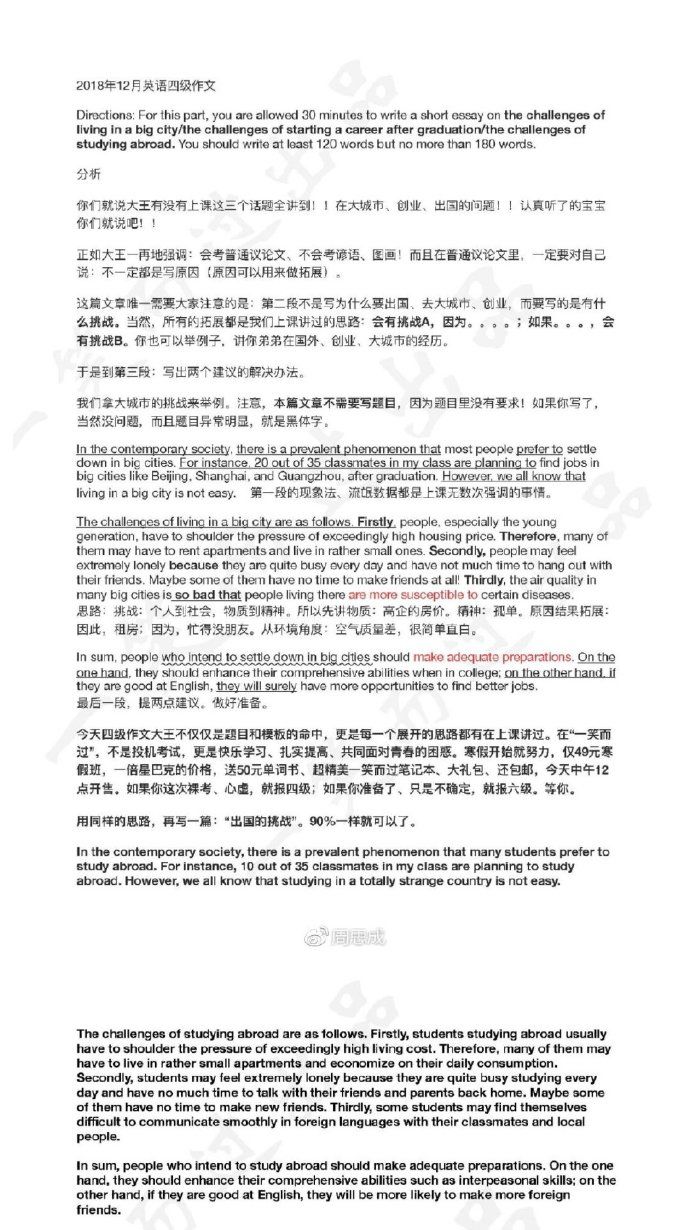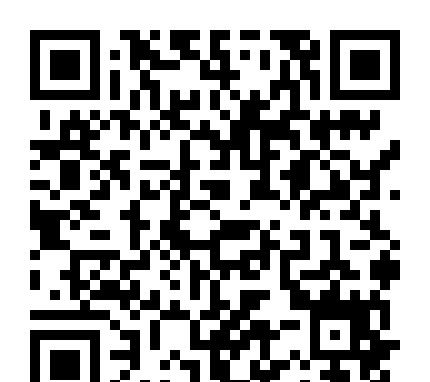LSAT模拟试题:LSAT模拟试题TEST2阅读1d
|
The Constitution of the United States does not explicitly define the extent of the President's authority to involve United States troops in conflicts with other nations in the absence of a declaration of war. Instead, the question of the President's authority in this matter falls in the hazy area of concurrent power, where authority is not expressly allocated to either the President or the Congress. The Constitution gives Congress the basic power to declare war, as well as the authority to raise and support armies and a navy, enact regulations for the control of the military, and provide for the common defense. The President, on the other hand, in addition to being obligated to execute the laws of the land, including commitments negotiated by defense treaties, is named commander in chief of the armed forces and is empowered to appoint envoys and make treaties with the consent of the Senate. Although this use of armed forces short of a declared war, the spirit of the Constitution at least requires that Congress should be involved in the decision to deploy troops., and in passing the War Powers Resolution of 1973, Congress has at last reclaimed a role in such decisions. Historically, United States Presidents have not waited for the approval of Congress before involving United States troops in conflicts in which a state of war was not declared. One scholar has identified 199 military engagements that occurred without the consent of Congress, ranging from Jefferson's conflict with the Barbary pirates to Nixon's invasion of Cambodia during the Vietnam conflict, which President Nixon argued was justified because his role as commander in chief allowed him almost unlimited discretion over the deployment of troops. However, the Vietnam conflict, never a declared war, represented a turning point in Congress's tolerance of presidential discretion in the deployment of troops in undeclared wars. Galvanized by the human and monetary cost of those hostilities and showing a new determination to fulfill its proper role, Congress enacted the War Powers Resolution of 1973, a statute designed to ensure that the collective judgment of both Congress and the President would be applied to the involvement of United States troops in foreign conflicts. The resolution required the President, in the absence of a declaration of war, to consult with Congress “in every possible instance” before introducing forces and to report to Congress within 48 hours after the forces have actually been deployed. Most important, the resolution allows Congress to veto the involvement once it begins, and requires the President, in most cases, to end the involvement within 60 days unless Congress specifically authorizes the military operation to continue. In its final section, by declaring the resolution is not intended to alter the constitutional authority of either Congress or the President, the resolution asserts that congressional involvement decisions to use armed force is in accord with the intent and spirit of the Constitution. 22. In the passage, the author is primarily concerned with (A) showing how the Vietnam conflict led to a new interpretation of the Constitution's provisions for use of the military (B) arguing that the War Powers Resolution of 1973 is an attempt to reclaim a share of constitutionally concurrent power that had been usurped by the President (C) outlining the history of the struggle between the President and Congress for control of the military (D) providing examples of conflicts inherent in the Constitution's approach to a balance of powers (E) explaining how the War Powers Resolution of 1973 alters the Constitution to eliminate an overlap of authority 23. With regard to the use of United States troops in a foreign conflict without a formal declaration of war by the United States, the author believes that the United States Constitution does which one of the following? (A) assumes that the President and Congress will agree on whether troops should be used (B) provides a clear-cut division of authority between the President and Congress in the decision to use troops (C) assigns a greater role to the Congress than to the President in deciding whether troops should be used (D) grants final authority to the President to decide whether to use troops (E) intends that both the President and Congress should be involved in the decision to use troops 24. The passage suggests that each of the following contributed to Congress's enacting the War Powers Resolution of 1973 EXCEPT (A) a change in the attitude in Congress toward exercising its role in the use of armed forces (B) the failure of Presidents to uphold commitments specified in defense treaties (C) Congress's desire to be consulted concerning United States military actions instigated by the President (D) the amount of money spent on recent conflicts waged without a declaration of war (E) the number of lives lost in Vietnam 25. It can be inferred from the passage that the War Powers Resolution of 1973 is applicable only in “the absence of a declaration of war” (lines 48-49) because (A) Congress has enacted other laws that already set out presidential requirements for situations in which war has been declared (B) by virtue of declaring war, Congress already implicitly participates in the decision to deploy troops (C) the President generally receives broad public support during wars that have been formally declared by Congress (D) Congress felt that the President should be allowed unlimited discretion incases in which war has been declared (E) the United States Constitution already explicitly defines the reporting and consulting requirements of the President in cases in which war has been declared 26. In can be inferred from the passage that the author believes that the War Powers Resolution of 1973 (A) is not in accord with the explicit roles of the President and Congress as defined in the Constitution (B) interferes with the role of the President as commander in chief of the armed forces (C) signals Congress's commitment to fulfill a role intended for it by the Constitution (D) fails explicitly to address the use of armed forces in the absence of a declaration of war (E) confirms the role historically assumed by Presidents 27. It can be inferred from the passage that the author would be most likely to agree with which one of the following statements regarding the invasion of Cambodia? (A) Because it was undertaken without the consent of Congress, it violated the intent and spirit of the Constitution. (B) Because it galvanized support for the War Powers Resolution, it contributed indirectly to the expansion of presidential authority (C) Because it was necessitated by a defense treaty, it required the consent of Congress. (D) It served as a precedent for a new interpretation of the constitutional limits on the President's authority to deploy troops. (E) it differed from the actions of past Presidents in deploying United States troops in conflicts without a declaration of war by Congress. 28. According to the provision of the War Powers Resolution of 1973 as described in the passage, if the President perceives that an international conflict warrants the immediate involvement of United States armed forces, the President is compelled in every instance to (A) request that Congress consider a formal declaration of war (B) consult with the leaders of both house of Congress before deploying armed forces (C) desist from deploying any troops unless expressly approved by Congress (D) report to Congress within 48 hours of the deployment of armed forces (E) withdraw any armed forces deployed in such a conflict within 60 days unless war is declared |








